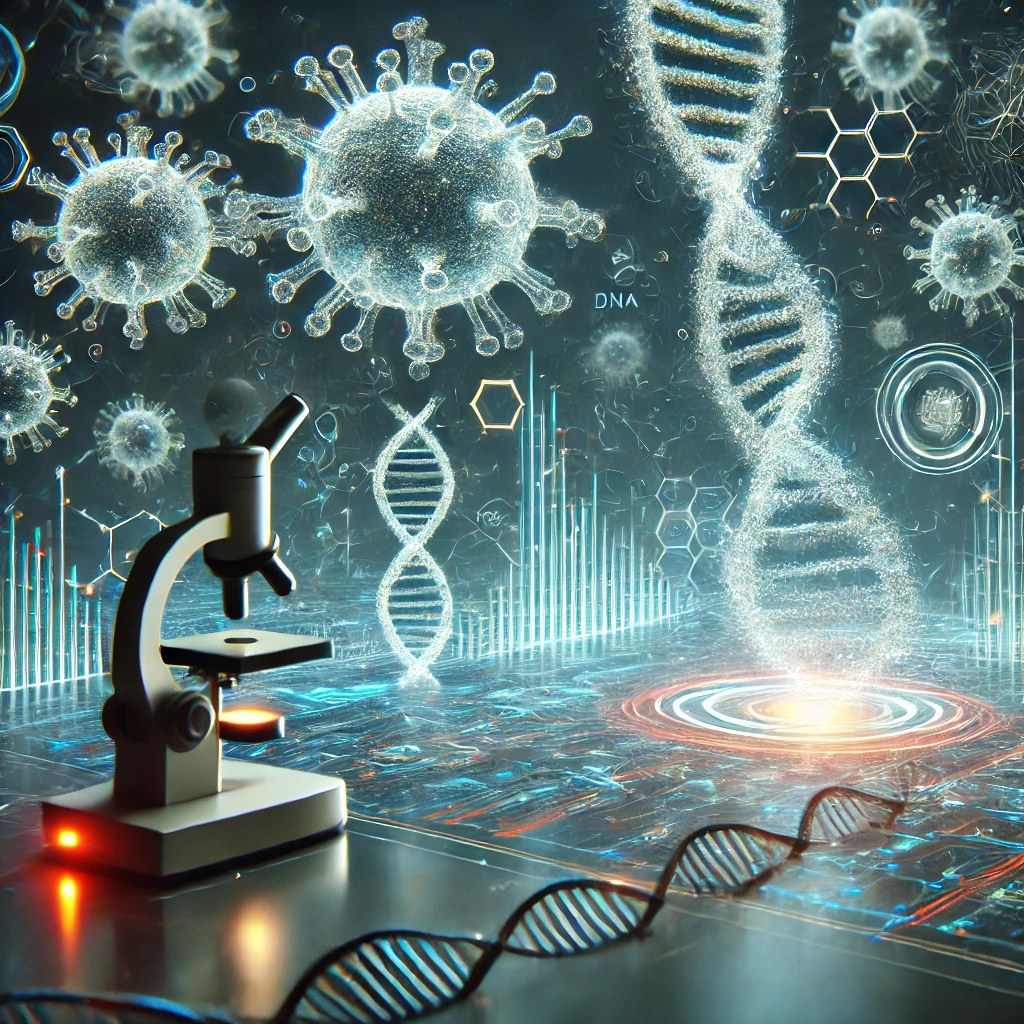A groundbreaking study has harnessed the power of artificial intelligence to probe the vast “dark matter” of RNA, leading to the discovery of 70,000 previously unknown viruses. This achievement could revolutionize our understanding of viral ecosystems and their impact on human health, wildlife, and the environment.
For decades, scientists have been aware that a massive amount of genetic material, often referred to as RNA dark matter, exists in nature but remains uncharacterized. Much of this material, hidden in the genomes of organisms across the planet, could harbor viruses unknown to science. Now, with AI-driven tools capable of processing vast amounts of RNA data, researchers have begun to unlock these mysteries.
The AI used in this research scoured enormous databases of RNA sequences, looking for viral signatures. RNA viruses, like coronaviruses, influenza, and Ebola, are responsible for many of the world’s most devastating diseases. By identifying new viruses, researchers hope to better understand how they emerge and spread, which could help improve disease surveillance and pandemic preparedness.
One of the most exciting aspects of this discovery is that many of these newly identified viruses infect species we know little about. From deep-sea organisms to remote terrestrial environments, the new viral candidates could play key roles in ecosystems that are still poorly understood. This opens up new avenues for ecological research and may provide insights into viral evolution, cross-species transmission, and the origins of pandemics.
The research also sheds light on how AI can accelerate scientific discovery. Traditional methods for identifying new viruses require extensive lab work and analysis. In contrast, AI allows researchers to rapidly scan and interpret large datasets of genetic information, identifying patterns that might have taken years to uncover through manual methods. This leap in speed and precision has the potential to drastically improve our ability to detect and respond to emerging viral threats.
Despite the excitement surrounding this discovery, researchers also caution that many of these viruses are still poorly understood. Further research will be needed to determine whether any of them pose a risk to human health or could trigger future pandemics. Nonetheless, the study demonstrates AI’s potential as a transformative tool in the battle against infectious diseases.
This pioneering work not only expands the boundaries of virology but also highlights the intersection of AI and biology in uncovering the unseen elements of our world. As AI continues to evolve, it may lead to even more dramatic discoveries, offering new insights into the hidden genetic landscape that shapes life on Earth.





